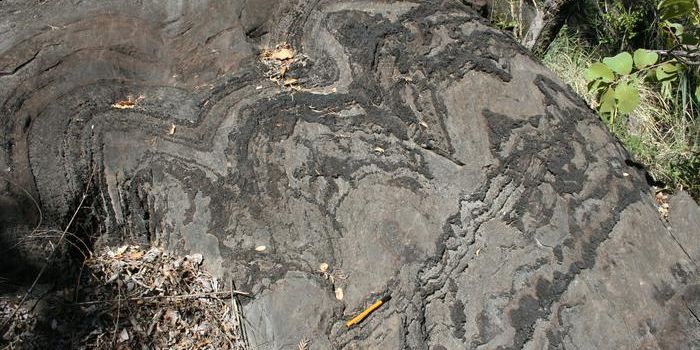Concerns about carbon monoxide concentrations from CA's wildfires
As California faces its worst wildfire season yet, with 28 major fires burning throughout the state as of September 14, many people across the region are being forced to stay in their homes – not because of COVID-19, but because of poor air quality. NASA documents those concerns using the Atmospheric Infrared Sounder (AIRS) aboard the Aqua satellite in order to map the carbon monoxide plumes emanating from the fires.
AIRS works with the Advanced Microwave Sounding Unit (AMSU) to detect emitted infrared and microwave radiation from Earth. This information can map Earth's weather and climate in 3D down to Earth's surface, capturing information such as atmospheric temperature and humidity, cloud amounts and heights, and greenhouse gas concentrations. The instruments have been flying in Earth’s orbit for almost two decades collecting atmospheric data from over 2,000 channels sensing different regions of the atmosphere.
From the information gathered over the last few weeks, the carbon monoxide concentrations released from the wildfires are of significant concern. NASA created an animation of three-day averages of carbon monoxide concentrations 5 kilometers high in the atmosphere. In the animation, red and orange zones show extremely high carbon monoxide concentrations (>350 parts per billion by volume); while yellow and green zones indicate regions with normal concentrations (30-50 ppbv).
As you likely know, carbon monoxide is hazardous to human health. However, you might not have known that the pollutant can stay in the atmosphere for as long as a month and can even travel long distances in high winds, thus transporting the risk of poor air quality to areas seemingly unaffected by the fires.
Experts are concerned that carbon monoxide released from fires such as the August Complex Fire, which began a month ago and has since burned over 471,000 acres, could threaten public health over a wide range due to their wide eastward expansion across the US and the Atlantic Ocean.
To follow the most up to date carbon monoxide data from NASA, you can visit Eyes on the Earth (https://eyes.nasa.gov/apps/earth/#/).
Sources: NASA, Science Daily








